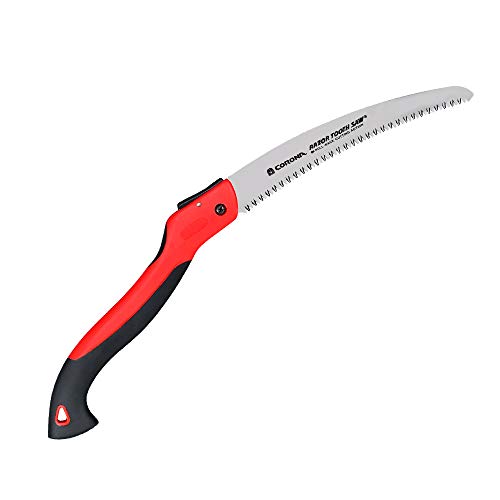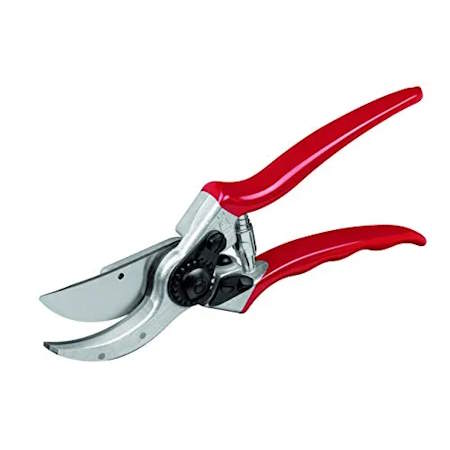Can you revive woody rosemary plants? Expert pruning advice from a professional gardener to save old, leggy herbs
With the right pruning approach, old and woody rosemary plants can be brought back to life

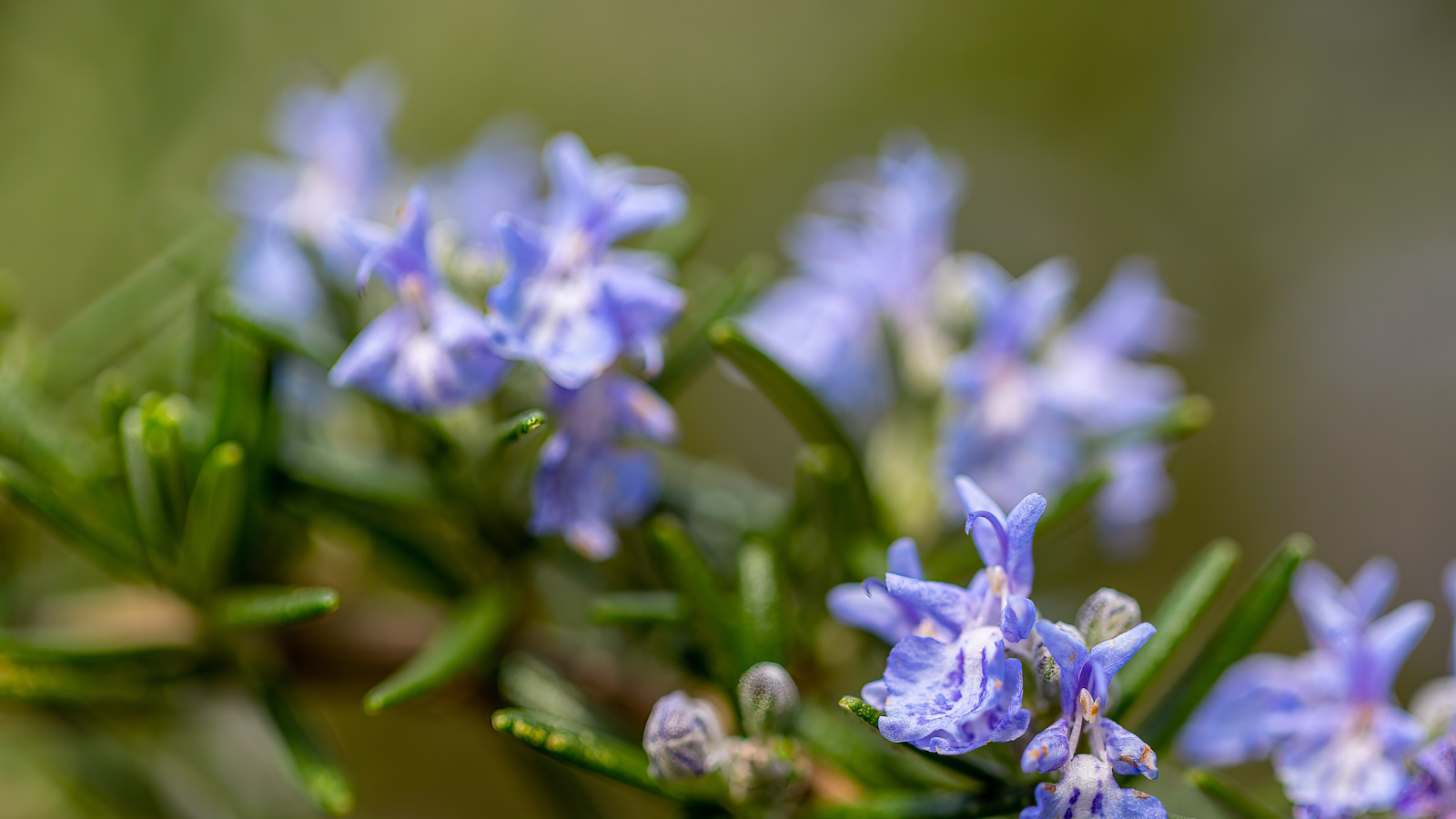
Native to the Mediterranean region, including Spain, Portugal and Italy, rosemary is one of the most rewarding herbs to grow. While considered low-maintenance, as rosemary ages, plants can become woody, leggy and sparse, especially if not regularly pruned.
Do not assume, however, that your overgrown rosemary is a lost cause. There are a few techniques that can help revive a woody rosemary plant. Of course, knowing how to prune rosemary is crucial, but the approach is slightly different for an older specimen that might be past its best.
So, whether you have inherited old, woody rosemary plants, or maybe your borders and pot displays have been a little neglected in the last few years, do not worry. As a professional gardener, I have pruned plenty of rosemary shrubs, many of them old and woody. Here, I share all I know to rescue and revive your herb garden.

Can you revive woody rosemary plants?
Much like pruning woody lavender plants, restorative rosemary trimming is not for the faint of heart. Indeed, when tackling older plants, there is always a risk that they might not survive.
Yet, before you complete some restorative pruning, take some cuttings of these aromatic herbs to ensure you have a rosemary supply, whatever happens to your older shrubs.
Taking cuttings before you prune
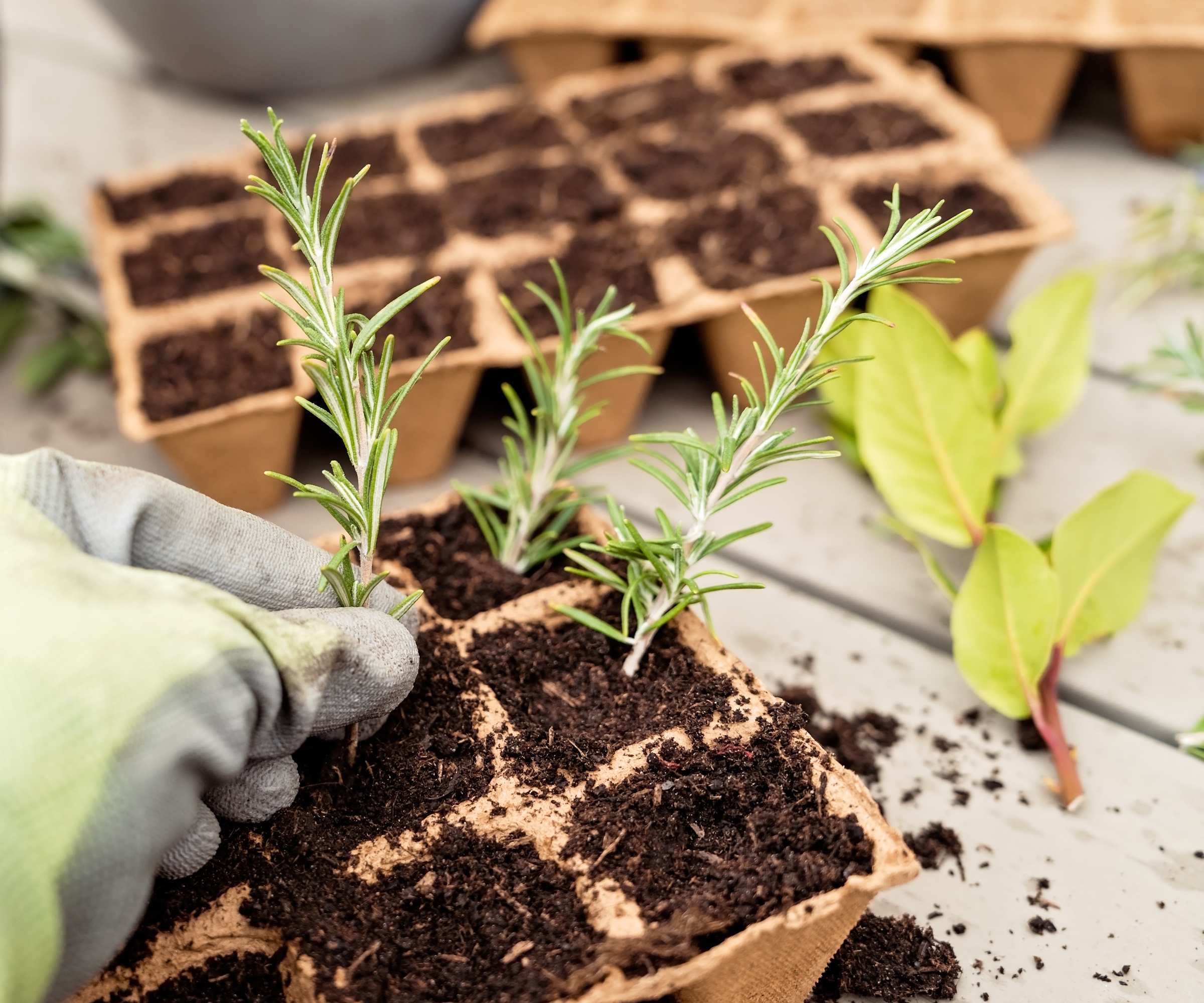
Mature and woody rosemary plants can respond well to hard pruning, but before you reach for the pruning shears, a word of caution.
As mentioned above, there is always a risk of killing older and leggy herbs when cutting back. So, taking out an insurance policy is important.
Design expertise in your inbox – from inspiring decorating ideas and beautiful celebrity homes to practical gardening advice and shopping round-ups.
'Before hard pruning, I would suggest taking some cuttings using fresh, green shoots in spring,' says Gail Pabst, gardening expert and Marketing Director for the National Garden Bureau.
'Learning how to propagate rosemary from cuttings is very straightforward, and this might be the way to go if you want to add new, bushy plants, before giving your older shrubs the chop,' Gail advises. 'Cuttings root easily in a greenhouse or cold frame, and grow into suitable plants quickly.'
Be sure to use fresh, well-draining potting soil for your rosemary stems, such as this seed and cutting compost by Ferti-Lome, available at Amazon, which will give your new plants the best chance of success.

Gail is a passionate horticulturist with over 25 years' experience in the industry. She is an avid home gardener too and loves to try out the newest varieties and techniques. Gail is the Marketing Director for the National Garden Bureau and her work has helped her to continue their mission of inspiring, teaching and growing in gardening with others.
When to prune woody rosemary plants
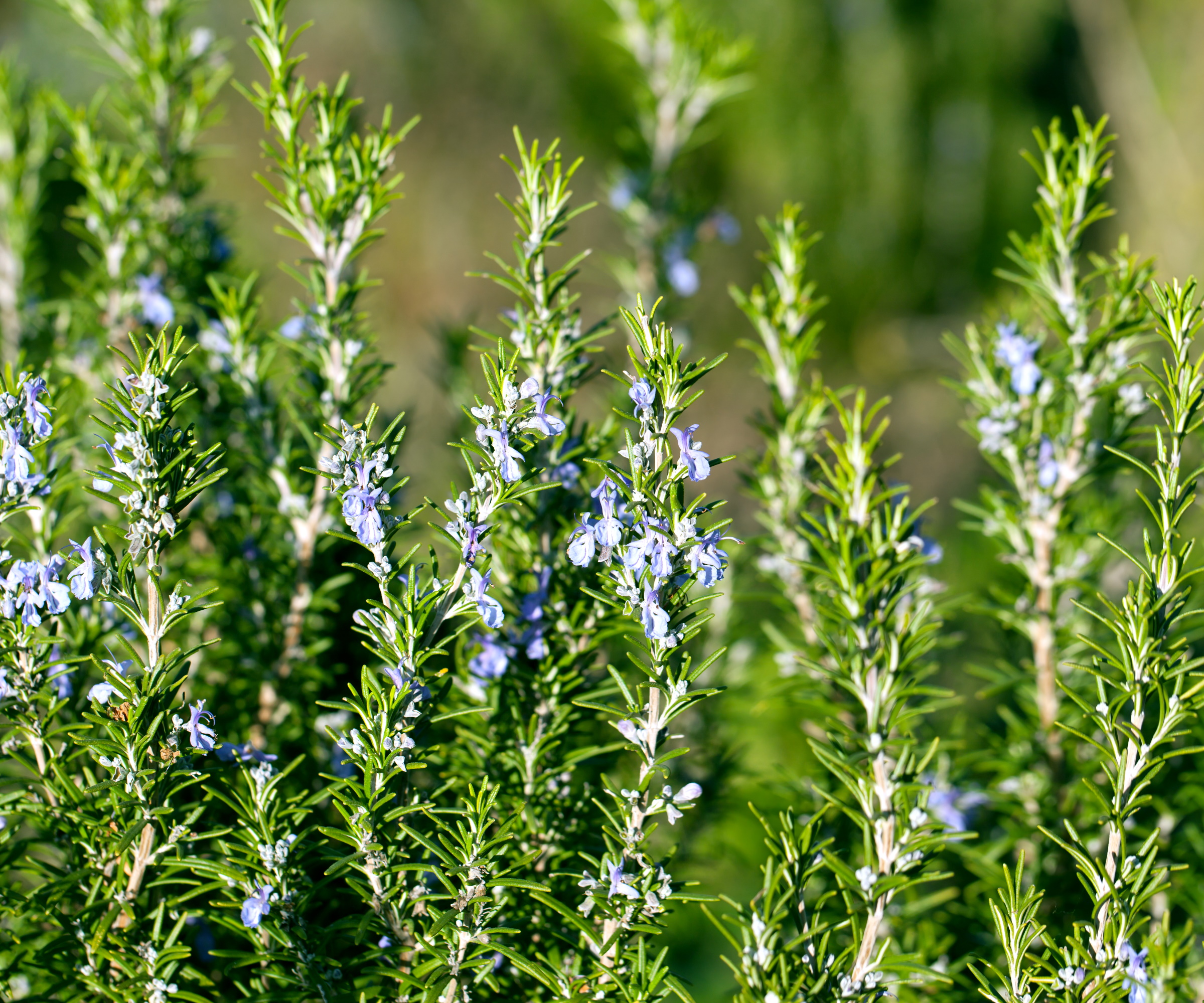
'In terms of when to prune rosemary, for hard pruning, it is best to do this in spring and early summer,' Gail says.
While it will depend on the species you grow, most rosemary plants can tolerate winter weather down to US hardiness zone 8, possibly zone 7. In these zones, it is best to wait until the temperature rises in spring before pruning.
So, in cooler, northern regions, such as New York, Illinois or Washington, you might need to wait until mid to late April or even early May, when all risk of frost has passed, and green growth is just emerging.
Cutting any sooner, when the evening temperatures are still low, will hamper your chances of success when pruning your herbs.
How to prune woody rosemary plants
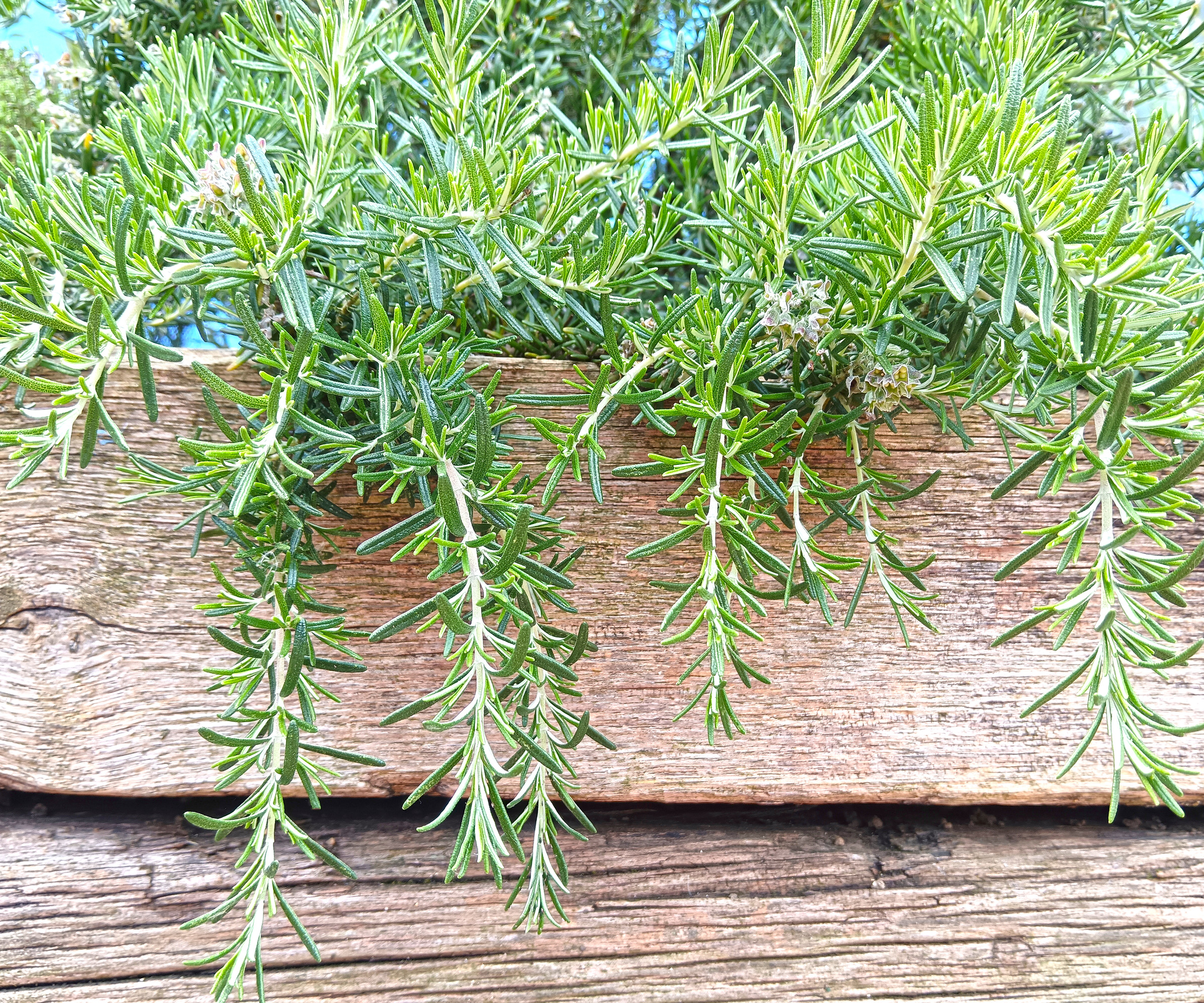
First of all, before you begin, gather your essential pruning tools from the shed, including pruning shears or loppers, whatever you find easiest to use.
If your snips have seen better days, why not invest in a new pair this year? I can highly recommend the Felco brand, which I have used for many years when working in different public and private gardens. Try these Felco F6 pruners, available via Amazon.
'If you know how to grow rosemary, you will already be aware that it does not send out new growth on bare, woody stems,' Gail says.
'Cutting all the way down to these mature stems where there are no side shoots or green growth, then, is not recommended.
'Instead, you want to cut down as low as you can, but where there is green growth visible. Follow the one-third pruning rule, though, as you don't want to cut back too much and shock the plant.
'This means trimming no more than one-third of the rosemary bushes' overall shape and size,' Gail says. 'It doesn't need to be too exact, but just be mindful of this figure when trimming down to green growth.'
In some instances, however, this approach might not be viable. It might feel impossible to create the desired, bushy shape. If this is the case for you, you may have to be brave and, using a pruning saw, cut your shrub down to the base.
Of course, this might result in plant death. But you have your rosemary cuttings to fall back on, and sometimes, the beauty of gardening is starting again, with fresh plants to encourage and observe over the next few years.
FAQs
Should I fertilize my rosemary plants after pruning?
No, you do not need to feed your herbs after pruning them. In fact, herbs generally do not require fertilizing. In their native setting, rosemary and lavender thrive in poor, dry soils, so these plants can usually access what they need from the ground, without any need to reach for the fertilizer.
Rosemary is an excellent herb to use for companion planting. So, once your rosemary cuttings are large enough to move outside, consider dotting them around your yard, including in the kitchen garden and vegetable beds. Rosemary has a strong odour that can help to deter insect pests, and might even help to keep carrot flies away.
For more inspiration, see our guide to herb garden ideas, and fill your borders and pots with fragrant and floral species this year.
Shop pruning tools

Thomas is a Content Editor within the Gardens Team at Homes and Gardens. He has worked as a professional gardener for both public spaces and private estates, specializing in productive gardening, growing food and flowers. Trained in Horticulture at the Garden Museum, he has written on gardening and garden history for various publications, including The English Garden, Gardens Illustrated, Hortus, The London Gardener and Bloom. He has co-authored a Lonely Planet travel book, The Tree Atlas, due out in 2024.
